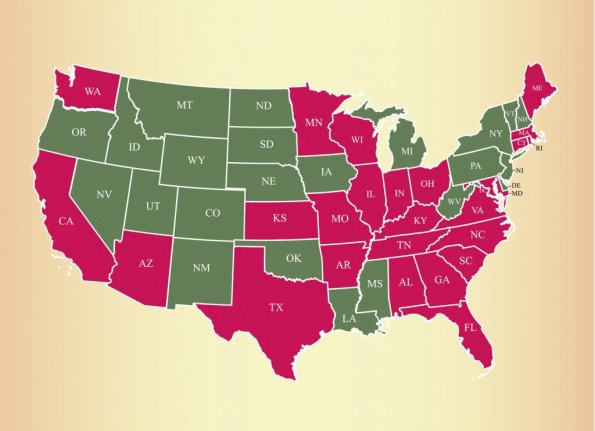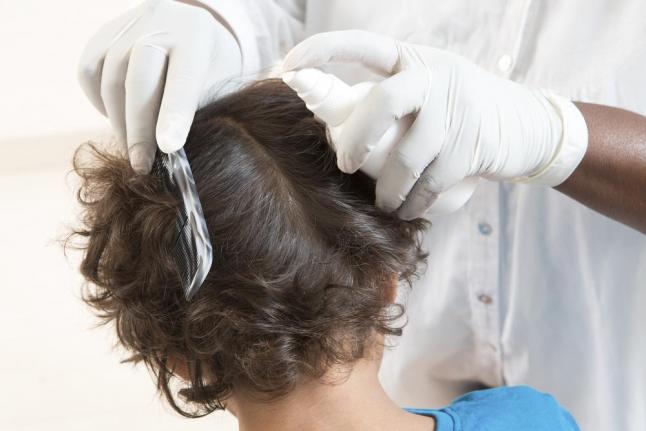BOSTON, Aug. 18 (UPI) — Head lice populations in 25 states are resistant to the active ingredient in many over-the-counter treatments recommended by doctors and schools, scientists found in new research.
Generally considered a nuisance because they don’t carry disease, lice can still be controlled using different chemicals found in prescription treatments.
“We are the first group to collect lice samples from a large number of populations across the U.S.,” said Dr. Kyong Yoon, a researcher at Southern Illinois University at Edwardsville, in a press release. “What we found was that 104 out of the 109 lice populations we tested had high levels of gene mutations, which have been linked to resistance to pyrethroids.”
Pyrethoids are a type of insecticide used for mosquitoes and other insects that contain permethrin, the active ingredient in over-the-counter lice treatment products.
Yoon collected lice from 30 states, analyzing them for knock-down resistance, or kdr, mutations. Kdr mutations cause changes that desensitize insects’ nervous system to pyrethroid-based insecticides.
The vast bulk of states — 25, including Florida, Texas and California — had lice with all three of the genetic mutations associated with kdr. Of the other five Yoon gathered lice in, New York, New Jersey, New Mexico and Oregon had lice populations with one, two or all three of the mutations, and lice in Michigan were could still be killed with pyrethroids.

“If you use a chemical over and over, these little creatures will eventually develop resistance,” Yoon says. “So we have to think before we use a treatment. The good news is head lice don’t carry disease. They’re more a nuisance than anything else.”
The study on lice populations across the United States will be presented at a meeting of the American Chemical Society in Boston this week.






